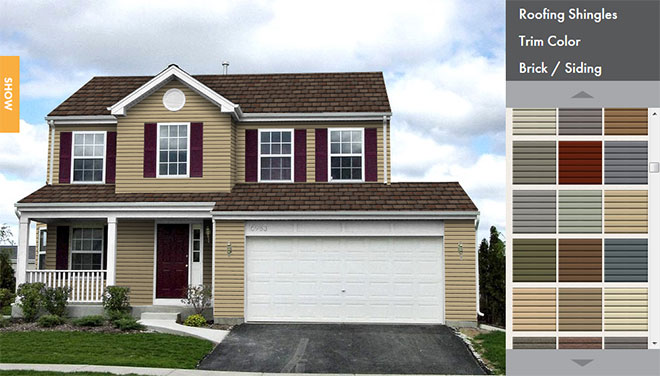Homeowners Dealing With Tornado Damage
Tornado Damage To Your Minneapolis MN Roof?
In Minnesota, we are well into the storm season. Hail, heavy rain, high winds and tornadoes are all common this time of year.
Damage from these weather phenomena can of course be obvious. Most know that if they have been hit by a tornado or if they have leaks after a severe storm. You call the insurance company and your roofing professional and start the repair or rebuilding process.
But sometimes your property goes through a severe storm with no apparent damage. Don’t be so sure. Hail, high winds and even tornadoes can do serious damage that may not be noticed for quite some time.
First, let’s talk about hail. Even moderate hail can do damage to some single-ply and older built-up roofs.
PVC membranes may suffer tiny shatter areas that may no leak for quite some time. The normal expansion and contraction of the membrane will eventually open these cracks enough to permit the entry of water into the system.
Some hail can also damage the fins on condensing units and rooftop equipment, if it is driven by high wind.
Large hail can cause immediate leakage, but no always. Membranes that are resistant to hail can be damaged, yet exhibit no symptoms for one to two weathering cycles. For instance, EPDM (rubber roofing) can be damaged by large hail but will not exhibit problems for while. Small gull-wing cuts can start to appear long after hail hits.
Shingle roofs will suffer granule loss that will expose the underlying reinforcement and asphalt to UV degradation that will dramatically shorten the life of the roof. The same is true for granule-surfaced modified bitumen roofing and fiberglass cap sheets. Gravel-surfaced built-up roofs may have some of the gravel driven into the top plies which can allow moisture penetration that makes the membrane slowly deteriorate.
High winds and even tornadoes can also do phantom damage that is not immediately obvious. High winds are amplified by all roof structures. Parapets, large open doors and varying slopes increase the speed and pressure that high winds exert. Bear in mind that wind does not slow down as it climbs the side of a building and crosses the roof – it in fact speeds up. Various irregular shapes on and around the roof and even the building structure itself produces lift, just like an aircraft’s wing. This lift may partially or even totally destroy the attachment of your roof to the substrate. Even though this attachment may be lost, the roof may look just fine as if it was lifted and laid back down in place. However, the next high wind can have catastrophic results as it does not have to overcome the attachment as the first wind did. This can be true of all membranes, as well as composition shingles.
Even if your roof shows no apparent damage after a severe storm, contact your insurance company right away and call your roofing professional to inspect your roof for damage. Some tests may need to be performed to determine the extent of the damage, but the expense is well worth it because you may face much more extensive damage if you do nothing. Plus it always helps to have as much evidence as possible when dealing with an insurance adjuster.
After all of the Tornado touchdowns reported across Twin Cities this weekend, Contact a reliable Minnesota roofing contractor if your has been hit by damaging storms, even if damage is not apparent to you. You will avoid frustration with your insurance company if problems are detected immediately, as well as headaches caused by leaks that could result from undiagnosed storm damage.
Dealing with Tornado, Hail Damage Across the Metro
While the storm damage in St. Michael may not be widespread, it is hard hitting.
Tornado Damage also Reported in St. Louis Park, Fridley, Trees Down in Golden Valley


 Click Here
Click Here Click Here To Use
Click Here To Use